Yeoju Ssalbapjip (여주쌀밥집)
0m 26381 2024-02-23
126 Gangbyeon-ro, Yeoju-si, Gyeonggi-do
Yeoju Ssalbapjip, located near Yeoju City Hall, serves dolsotbap (hot stone pot rice) made with rice grown in Yeoju. Visitors can feel the warmth of its hospitality through its generous dishes. In addition to its signature menu, ssalbap jeongsik (steamed rice set menu), visitors can also enjoy a variety of dishes, such as samgyeopsal gui (grilled pork belly), duruchigi (stir-fried pork), pyeonyuk (boiled pork slices), gopchang jeongol (small intestine hot pot), and samhap hongeo (skate, pork, and kimchi combo). Situated in front of the Namhangang River, it also offers an excellent opportunity for a leisurely stroll along the riverbank.
Yeoju Ceramic Art Complex (여주도예단지)
1.1 Km 13734 2021-07-21
254, Yeoyang-ro, Yeoju-si, Gyeonggi-do
+82-31-887-2868
According to historic records, ceramics have been developed here since the early days of the Joseon dynasty, as the nation’s best materials for making ceramics, such as clay, white clay, and Kaolin, were produced around Ssarisan Mountain in Bungnae-myeon. Mid-standing artists here study the process of making traditional ceramics as well as more novel works that utilize unconventional methods. Yeoju Ceramic Art Complex not only provides high quality ceramics, it offers visitors a chance to see the process of making art pieces. There are over 60 personal exhibition halls with various styles of ceremics. Every May, there is a festival for visitors to enjoy.
Ilsung Namhangang Condo & Resort (일성남한강콘도&리조트)
1.1 Km 31957 2021-04-28
5, Silleuk-ro, Yeoju-si, Gyeonggi-do
+82-1566-8113
Guests can enjoy the beautiful Namhangang River at Ilsung Namhangang Condo & Resort.
Yeoju Dojasesang (여주세계생활도자관)
1.4 Km 8409 2021-07-30
7, Silleuksa-gil, Yeoju-si, Gyeonggi-do
+82-31-884-8644
Yeoju Dojasesang, which opened in March 2002, displays functional ceramics. The museum, with its four exhibition halls, has been displaying ceramics shown at the Korean International Ceramics Biennale for the past 10 years.
Yeoju Ogok Naru Festival (여주오곡나루축제)
1.4 Km 28774 2023-09-18
7, Silleuksa-gil, Yeoju-si, Gyeonggi-do
+82-31-881-9693
Yeoju Ogok Naru Festival is a great place for visitors to see Yeoju's local agricultural products, such as rice and sweet potatoes. Various activities and events for the whole family are available as well as a market where visitors can buy local products at affordable prices.
Silleuk Temple Resort (신륵사관광지)
1.9 Km 9775 2021-11-05
73, Silleuksa-gil, Yeoju-si, Gyeonggi-do
+82-31-885-2505
The Silleuksa Temple Resort features countless relics and remains, awe-inspiring scenery, the Geumeun Sand Zone, and Silleuksa Temple. Silleuksa Temple is also referred to as the byeokjeol (‘walled temple’ because it has a pagoda made entirely of bricks). The pagoda was erected by the renowned Buddhist monk Wonhyo during the Silla Kingdom, and is visited by many who are drawn to the beautiful natural scenery along the banks of the Namhangang River, which is served by convenient transportation.
Yeoju Silleuksa Temple (신륵사 (여주))
2.0 Km 23208 2021-12-06
73, Silleuksa-gil, Yeoju-gun, Gyeonggi-do
+82-31-885-2505
Silleuksa Temple is located along the upper section of the Namhangang River as it flows from Bongmisan Mountain in Yeoju. It is believed that Silleuksa Temple was built by Monk Wonhyo during the reign of Silla King Jinpyeong, but there is no evidence to prove this. The temple is famous for being a place where Naong Hyegeun stopped in 1376. The temple began to be called Boeunsa in 1472, but the name changed back to Silleuksa Temple in 1858.
Yeoju Hwangpo Sailboat (여주 황포돛배)
2.5 Km 40816 2024-02-23
Cheonsong-dong, Yeoju-si, Gyeonggi-do
The Yeoju Hwangpo Sailboat, historically utilized for transporting goods in the Joseon period and propelled by the wind, has been recreated on the Namhangang River. It operates from the riverside recreation area to Silleuksa Temple, making the round trip seven times daily.
Yeongneung & Nyeongneung Royal Tombs [UNESCO World Heritage] (여주 영릉(英陵)과 영릉(寧陵) [유네스코 세계문화유산])
3.2 Km 29151 2024-02-29
269-50 Yeongneung-ro, Yeoju-si, Gyeonggi-do
The Royal Tombs of the Joseon Dynasty are the only royal tombs in the world that remain largely intact from a single dynasty spanning more than 500 years, making them a UNESCO World Heritage Site. Yeongneung is the combined tomb of the 4th ruler of Joseon dynasty, King Sejong (1397-1450) who created the Korean alphabet and his wife Queen Soheon. Nyeongneung is the royal tomb of the 17th ruler of the Joseon dynasty, King Hyojong (1619-1659, reigned 1649-1659), and of his wife Queen Inseon (1618-1674). The Wangneung Forest here boasts spectacular fall foliage.
Birthplace of Empress Myeongseong (Queen Min) (명성황후 생가)
4.4 Km 21897 2020-03-31
71, Myeongseong-ro, Yeoju-si, Gyeonggi-do
+82-31-887-3572
This is the house where Empress Myeongseong (Joseon Period) was born and lived until she was eight years old. She would grow up to be the wife of the dynasty’s 26th ruler, King Gojong. The birthplace and the adjoining Memorial Hall are open to the public.
Empress Myeongseong was a brilliant diplomat who pursued openness and reform to maintain the sovereignty of the nation. Unfortunately, her tumultuous life came to an end in the early morning hours of October 8, 1895 when she was murdered by the Japanese army.
During Japanese colonial rule, the empress was wrongfully accused of being a jealous and overly ambitious person. Studies of various archives have since revealed what a great person she really was. Recently, numerous television productions and musicals have also corrected those misunderstandings. Renovated in 1995, her birthplace includes three buildings with servants’ quarters, master’s quarters, and a separate house. A commemorative monument now stands at the site of the room where the empress studied as a child. The Memorial Hall in front of the house contains various archives and artifacts related to Empress Myeongseong’s life. There is also a 161-seat theater.
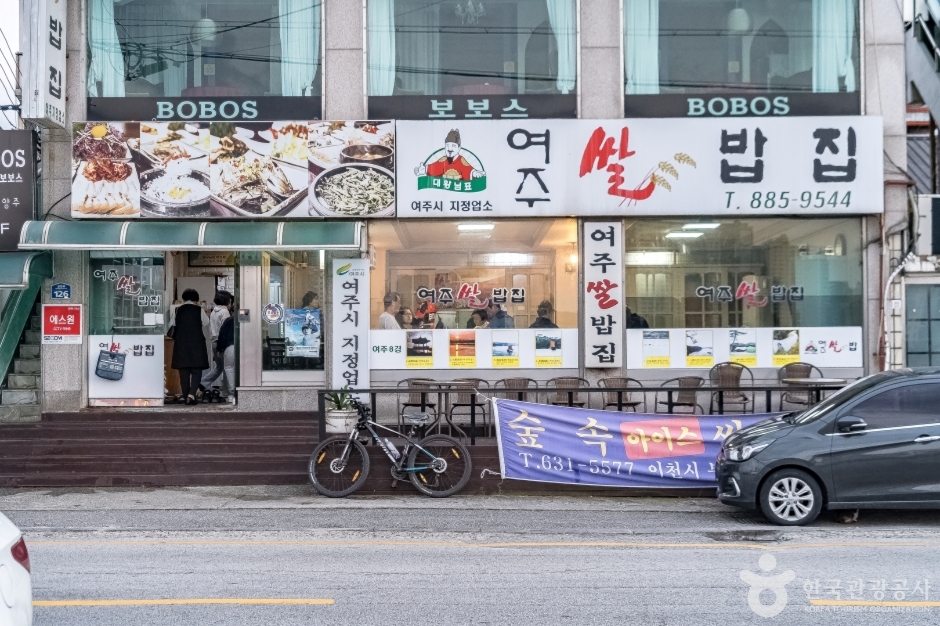
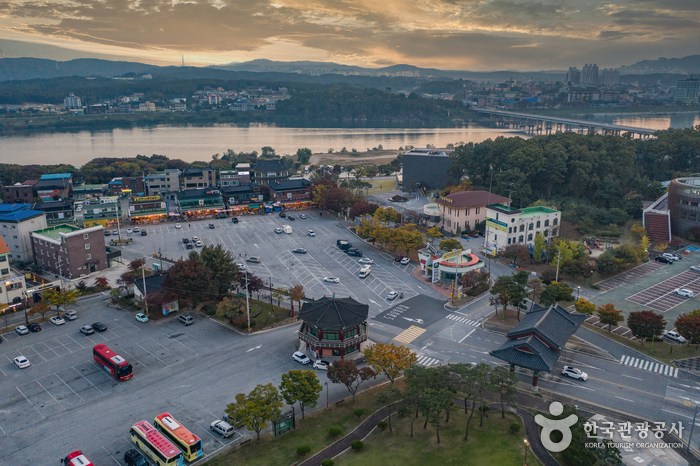


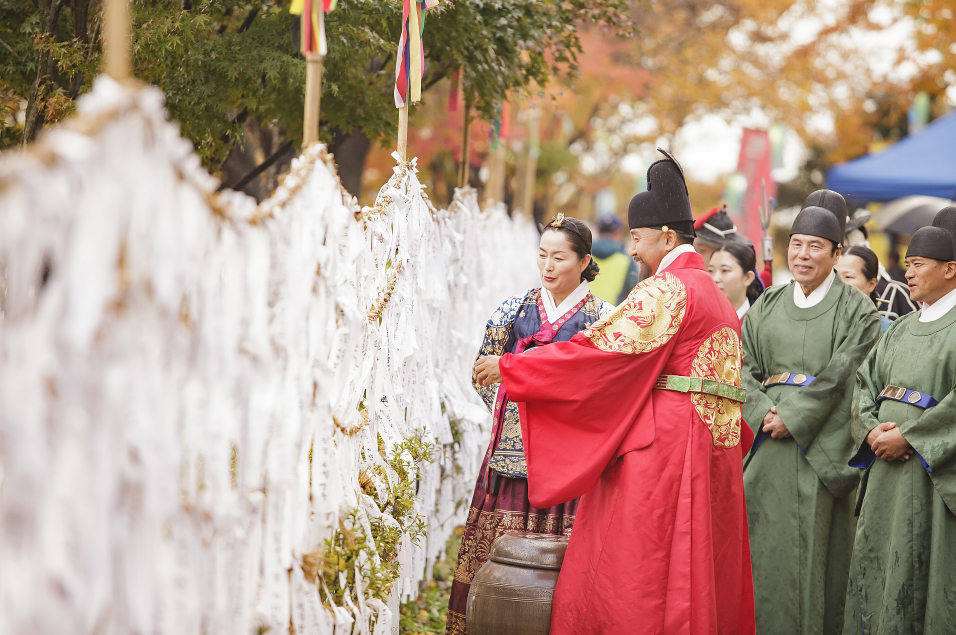
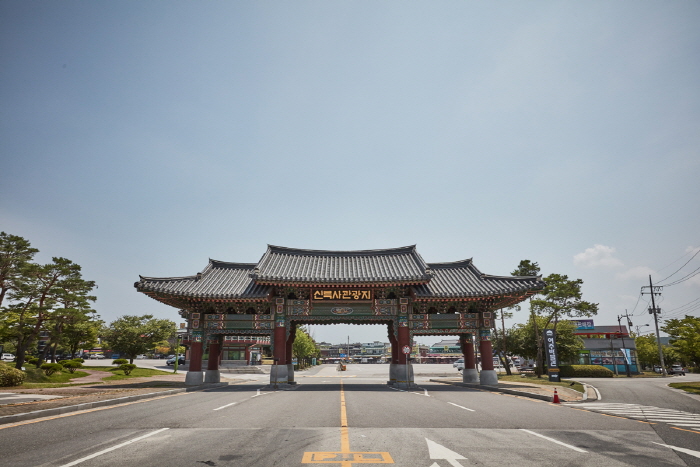
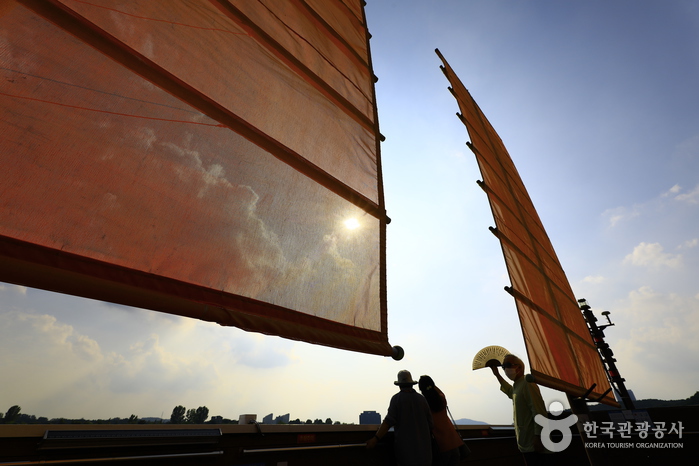
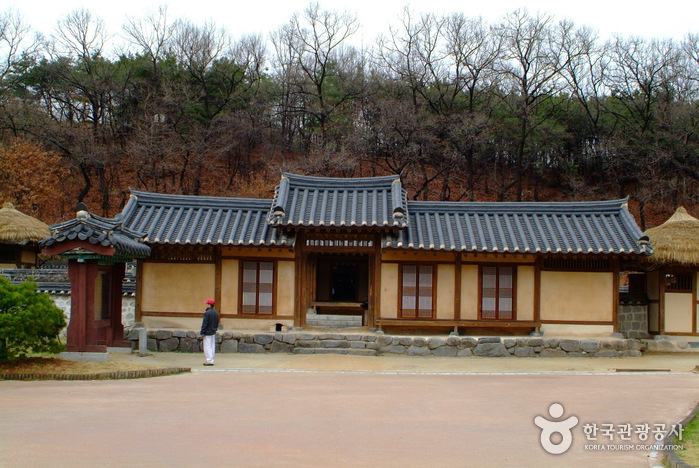
 English
English
 한국어
한국어 日本語
日本語 中文(简体)
中文(简体) Deutsch
Deutsch Français
Français Español
Español Русский
Русский